41 dna rna and proteins worksheet
openstax.org › books › microbiology6.1 Viruses - Microbiology | OpenStax As a result of continuing research into the nature of viruses, we now know they consist of a nucleic acid (either RNA or DNA, but never both) surrounded by a protein coat called a capsid (see Figure 6.5). The interior of the capsid is not filled with cytosol, as in a cell, but instead it contains the bare necessities in terms of genome and ... › dictionary › nucleusNucleus - Definition and Examples - Biology Online Dictionary Nov 03, 2021 · A complex of nucleic acids (e.g. DNA or RNA) and proteins (e.g. histones) is called chromatin. During cell division, the chromatin condenses to become a chromosome. The basic structural unit of chromatin is a nucleosome. Each nucleosome is made up of a DNA segment wound around the histone protein cores.
› genomics › listsDNA vs. RNA – 5 Key Differences and Comparison | Technology ... Dec 18, 2020 · RNA strands are shorter than DNA strands. RNA sometimes forms a secondary double helix structure, but only intermittently. Length : DNA is a much longer polymer than RNA. A chromosome, for example, is a single, long DNA molecule, which would be several centimetres in length when unravelled. RNA molecules are variable in length, but much shorter ...
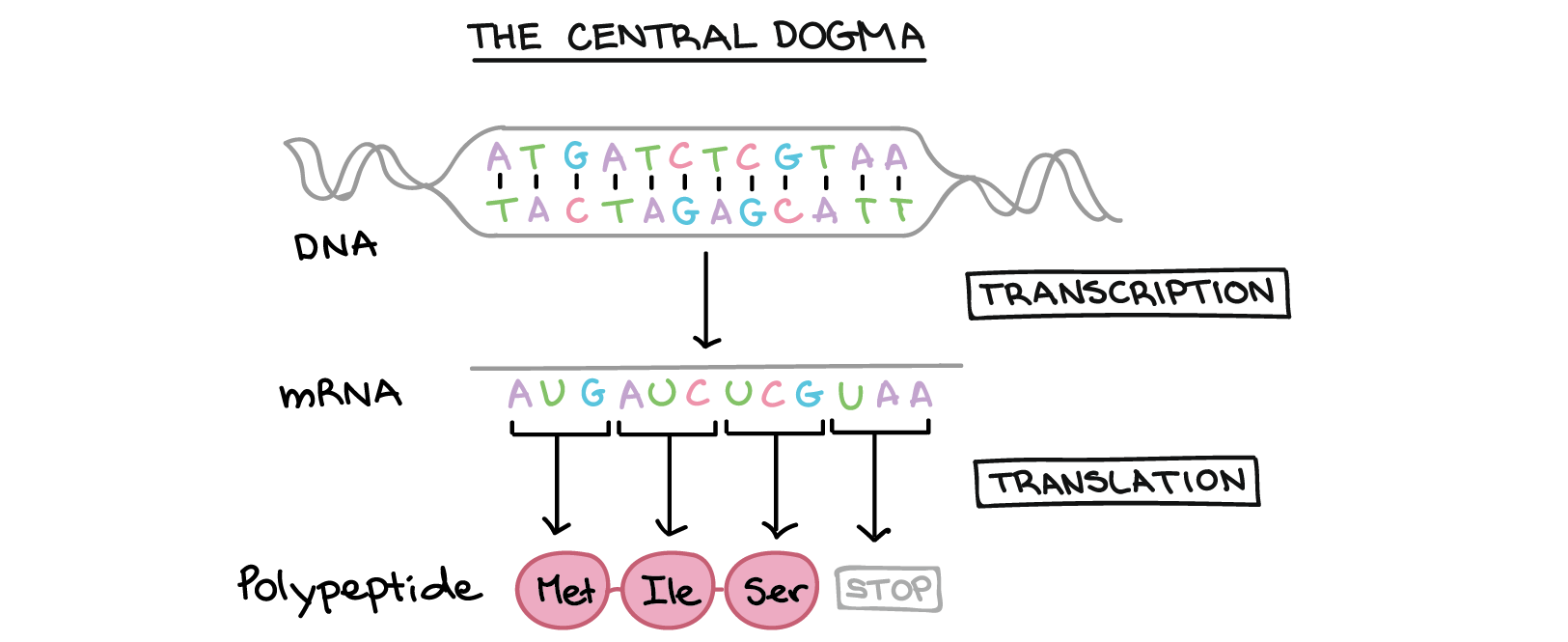
Dna rna and proteins worksheet
› home › fundamentalsGenes and Chromosomes - Merck Manuals Consumer Version One of the unwound strands of DNA acts as a template against which a complementary strand of RNA forms. The complementary strand of RNA is called messenger RNA (mRNA). The mRNA separates from the DNA, leaves the nucleus, and travels into the cell cytoplasm (the part of the cell outside the nucleus—see figure ). There, the mRNA attaches to a ... › about-genomics › fact-sheetsDeoxyribonucleic Acid (DNA) Fact Sheet - Genome.gov Aug 24, 2020 · Each DNA sequence that contains instructions to make a protein is known as a gene. The size of a gene may vary greatly, ranging from about 1,000 bases to 1 million bases in humans. Genes only make up about 1 percent of the DNA sequence. DNA sequences outside this 1 percent are involved in regulating when, how and how much of a protein is made. sciencenotes.org › dna-vs-rna-similarities-andDNA vs RNA - Similarities and Differences - Science Notes and ... Aug 23, 2020 · Here is a comparison of the similarities and differences between DNA and RNA. Similarities Between DNA and RNA. As nucleic acids, DNA and RNA share some similarities: Both DNA and RNA store genetic information. DNA and RNA are both large biological polymers. Both DNA and RNA consists of sugar, nitrogenous bases, and a phosphate backbone.
Dna rna and proteins worksheet. › watchDNA Transcription (Basic) - YouTube Transcription is the process by which the information in DNA is copied into messenger RNA (mRNA) for protein production. Originally created for DNA Interacti... sciencenotes.org › dna-vs-rna-similarities-andDNA vs RNA - Similarities and Differences - Science Notes and ... Aug 23, 2020 · Here is a comparison of the similarities and differences between DNA and RNA. Similarities Between DNA and RNA. As nucleic acids, DNA and RNA share some similarities: Both DNA and RNA store genetic information. DNA and RNA are both large biological polymers. Both DNA and RNA consists of sugar, nitrogenous bases, and a phosphate backbone. › about-genomics › fact-sheetsDeoxyribonucleic Acid (DNA) Fact Sheet - Genome.gov Aug 24, 2020 · Each DNA sequence that contains instructions to make a protein is known as a gene. The size of a gene may vary greatly, ranging from about 1,000 bases to 1 million bases in humans. Genes only make up about 1 percent of the DNA sequence. DNA sequences outside this 1 percent are involved in regulating when, how and how much of a protein is made. › home › fundamentalsGenes and Chromosomes - Merck Manuals Consumer Version One of the unwound strands of DNA acts as a template against which a complementary strand of RNA forms. The complementary strand of RNA is called messenger RNA (mRNA). The mRNA separates from the DNA, leaves the nucleus, and travels into the cell cytoplasm (the part of the cell outside the nucleus—see figure ). There, the mRNA attaches to a ...

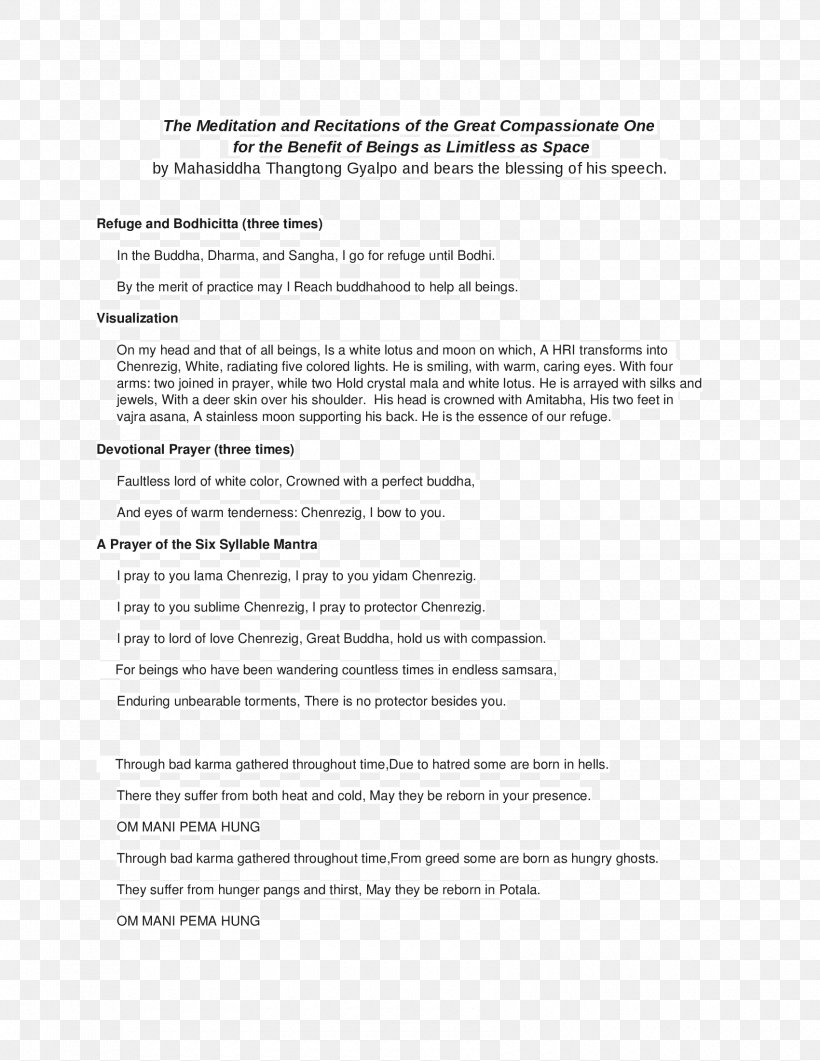






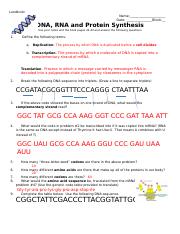



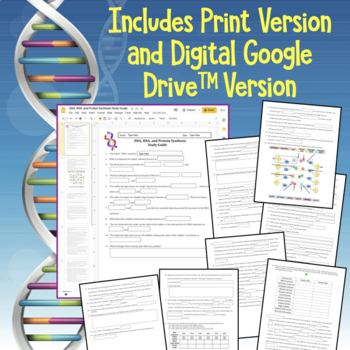


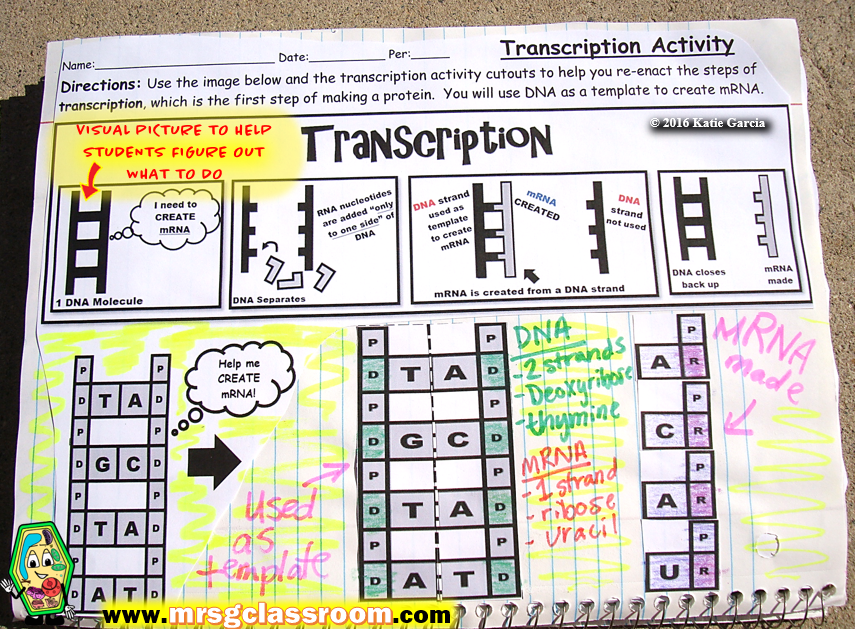
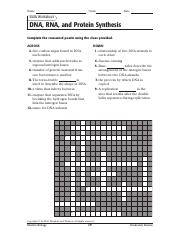

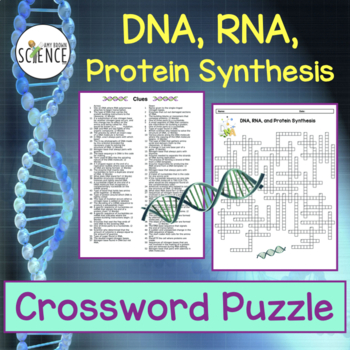

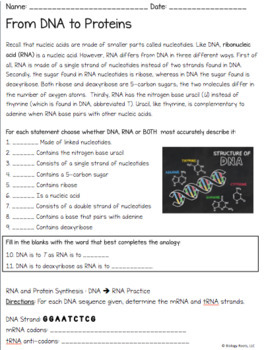


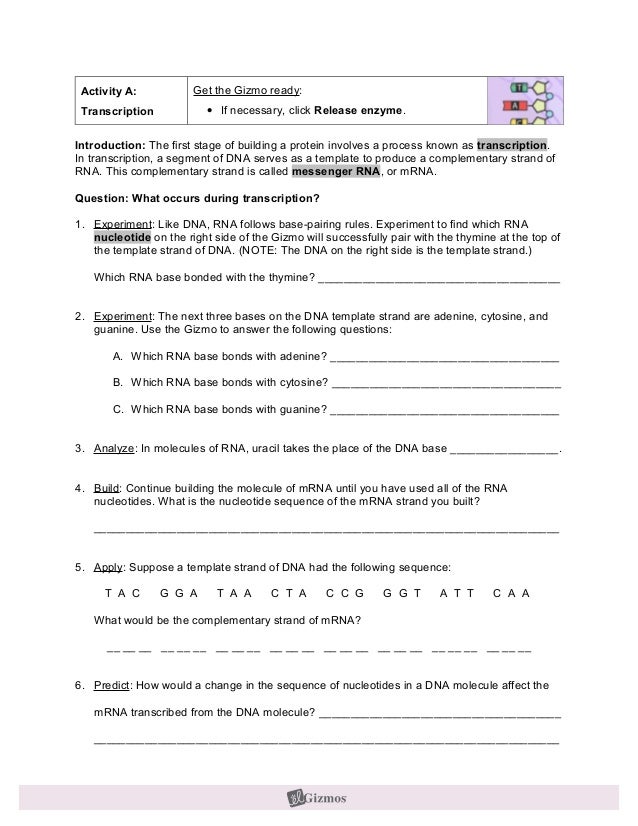


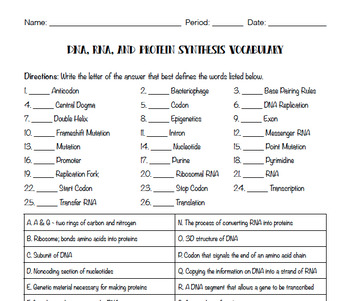

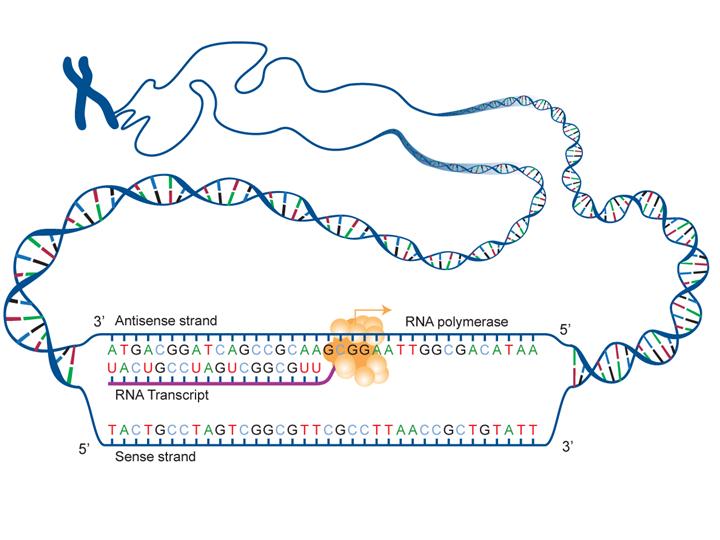

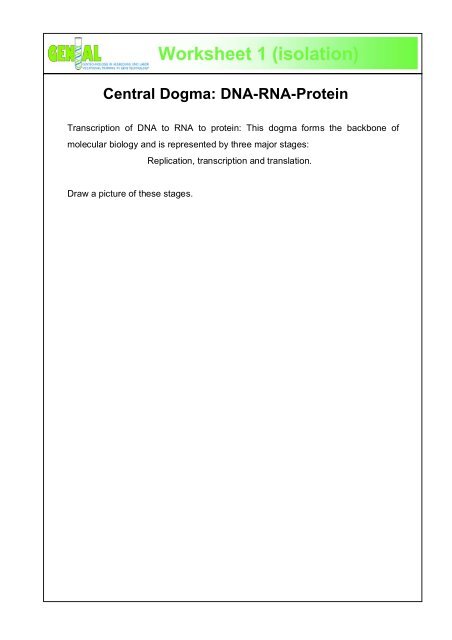

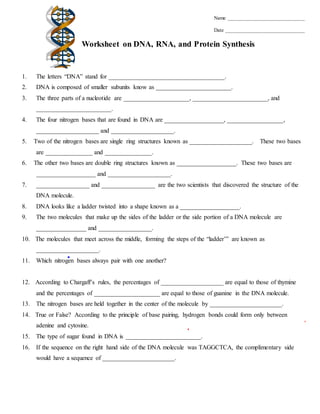

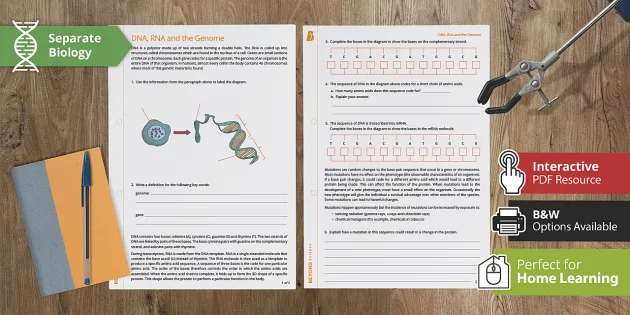

0 Response to "41 dna rna and proteins worksheet"
Post a Comment